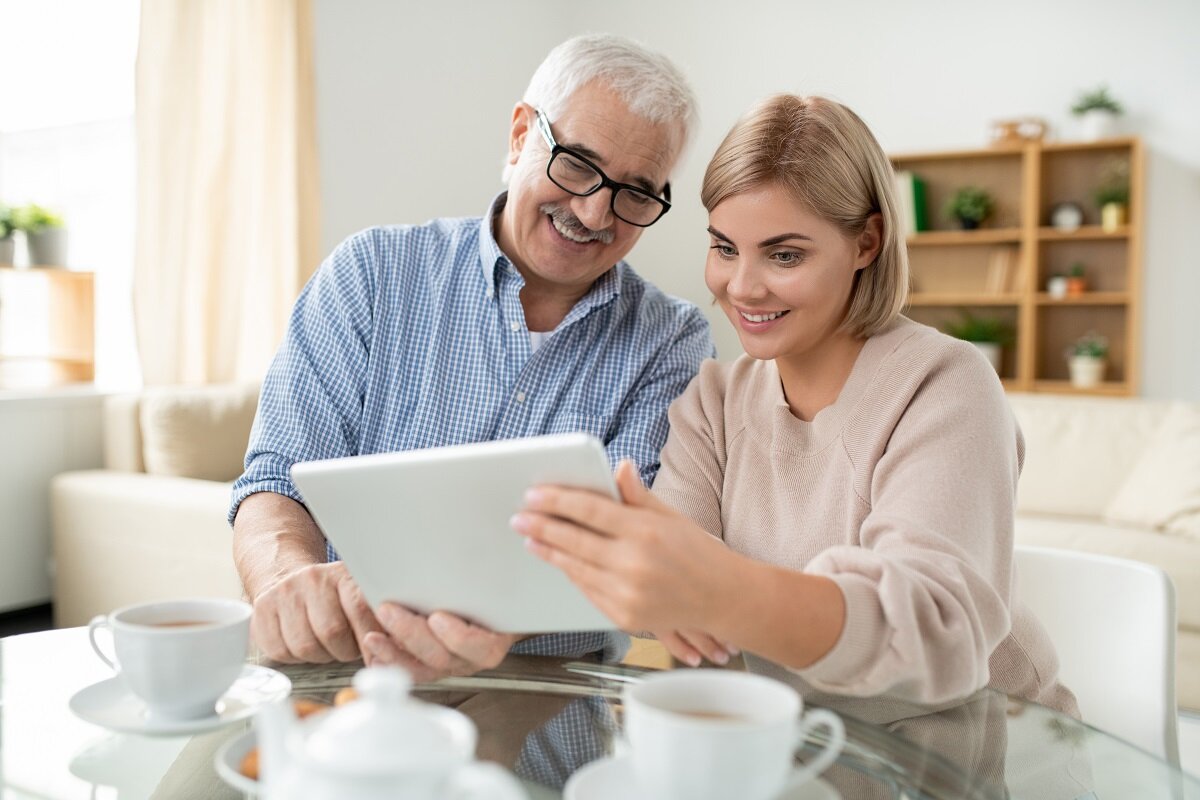The 2019 novel coronavirus (COVID-19) spreads easily between people and it causes a respiratory infection that can lead to severe illness in certain groups. Research suggests that the virus is contained in an infected person’s respiratory droplets and therefore, a person can contract the disease by being near an ill person who coughs, talks, or sneezes, as well as touches a surface where the droplets are present and then touches his or her eyes, nose, or mouth.
Currently, there are no medications for treating people that are infected with the virus nor are there any vaccines to protect healthy people. In order to slow the spread of the virus and protect vulnerable people, governments are using physical methods of social distancing, isolation, and quarantine.
Some people may find it difficult to adjust to these separation measures, but there are ways to maintain your connection to others during this time.
What Is Social Distancing, Isolation, and Quarantine?
Social Distancing
The goal of social distancing is to reduce the amount of contact between members of the community in order to reduce the spread of a contagious disease. In order to achieve this goal, everyone is expected to:
- Stay home as much as possible
- Avoid busy places
- Limit trips to get groceries or medication refills to once a week
- Try to shop or take public transportation during off-peak hours
- Stay two metres (approximately six feet) away from others when out in public
- Avoid close contact with older adults and people with chronic conditions that make them more vulnerable to complications if they become infected with COVID-19
Self-Isolation
Isolation of a contagious person protects healthy people from contracting the disease. Although isolation usually takes place in hospital settings, people who have COVID-19 or are showing symptoms of the virus have been ordered to isolate at home.
You must stay at home unless a nurse or doctor tells you to go to an assessment centre or if you have a medical emergency. While at home, allow only essential visitors, such as caregivers. If living with other people and it is possible, stay in a separate room. If that is not possible, always maintain a two-metre distance from others and wear a non-medical mask that covers your mouth and nose, or have others wear a non-medical mask when they are in the same room. Do not share towels or dishes and cutlery with anyone else and wash hands regularly.
Stay in touch with your physician or local health authority and self-isolate until it has been determined that you are no longer contagious.
Quarantine and Self-Quarantine
Another public health tool used to slow the spread of an infectious virus is quarantining people who may have been exposed to the disease and are not ill, either because they never developed the disease or because they may still be in the incubation period. The incubation time begins when a person is exposed to an infection and ends at the first appearance of symptoms. It is thought that the incubation period for COVID-19 is 14 days. Those who are under quarantine are required to stay at home for this time period and monitor themselves for symptoms of the disease.
People who have travelled outside of Canada must also self-quarantine for 14 days when they return.

Tips for Staying Connected during COVID-19
Some people may experience loneliness as a result of having less in-person contact with friends and family. Staying connected during crisis may take some effort, but it is so important for positive mental health and can help a person overcome feelings of social isolation.
How Seniors Can Stay Connected
In addition to contacting others by phone, seniors can use technology to email, video chat, or connect using social media. Many of these options require an account, which is usually easy to set up.
It is still possible to get involved in community organizations at this time. Some require volunteers to make phone calls to the community in order to promote their groups.
While it’s important to stay up to date on the news, it’s wise to limit the amount of time spent on this activity, such as 30 minutes at a time, at the beginning and end of the day.
How Millennials Are Creatively Staying Connected
Depression is on the rise among Millennials, so it’s just as important for people in this generation to stay connected socially.
Video conferencing apps can be used to host a virtual drinks or dinner date, to maintain that weekly coffee get-together with friends, or even to take an online yoga class “together”.
Some apps allow more than two callers at a time and offer the opportunity to play games such as trivia quizzes, during the call. Other apps allow you to record and send short videos to friends.
Staying Active During Social Distancing and Isolation
Staying Active Outdoors when Safe and Possible
For those people who are feeling healthy and who are not required to quarantine or self-isolate, it is important to remain active. Taking the opportunity to be outdoors will add to the benefits of the physical activity—enjoy a walk, a run, or a bike ride. Remember to practice social distancing while outdoors and do not gather in large groups. It’s also a good idea to wash hands before and after activity.
Public parks and green spaces are closed in some cities, so pay attention to local guidelines.
Staying Active Indoors
For those who are feeling healthy but aren’t allowed to leave the house, indoor activities during COVID-19 isolation can provide a way to maintain physical fitness. We are lucky to have access to a variety of exercise options online—there are plenty of YouTube channels offering free fitness, yoga, and Pilates videos. Those who are motivated can create their own routines incorporating cardio, body-weight exercises, and stretching, or can throw on some music and improvise some dance moves.